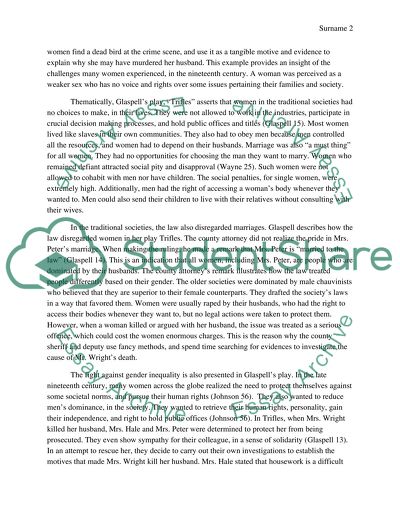Cite this document
(“Analysis of Trifles by Susan Glaspell Research Paper”, n.d.)
Analysis of Trifles by Susan Glaspell Research Paper. Retrieved from https://studentshare.org/literature/1464247-english
Analysis of Trifles by Susan Glaspell Research Paper. Retrieved from https://studentshare.org/literature/1464247-english
(Analysis of Trifles by Susan Glaspell Research Paper)
Analysis of Trifles by Susan Glaspell Research Paper. https://studentshare.org/literature/1464247-english.
Analysis of Trifles by Susan Glaspell Research Paper. https://studentshare.org/literature/1464247-english.
“Analysis of Trifles by Susan Glaspell Research Paper”, n.d. https://studentshare.org/literature/1464247-english.


